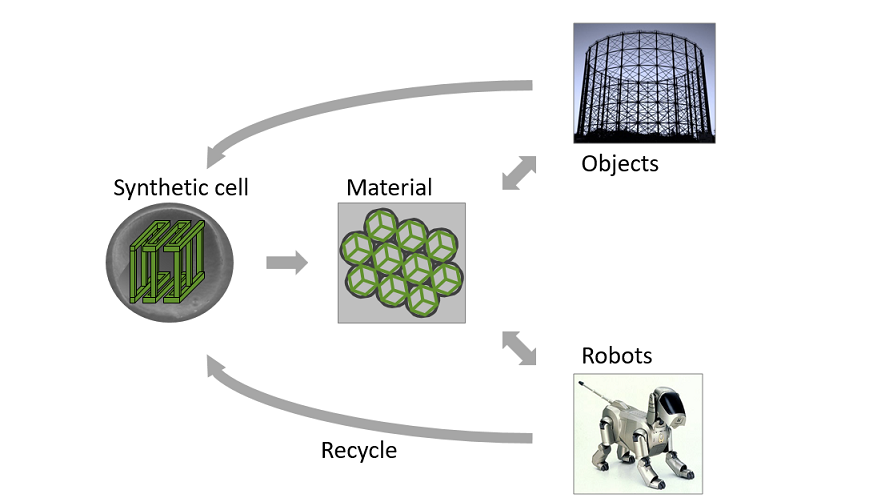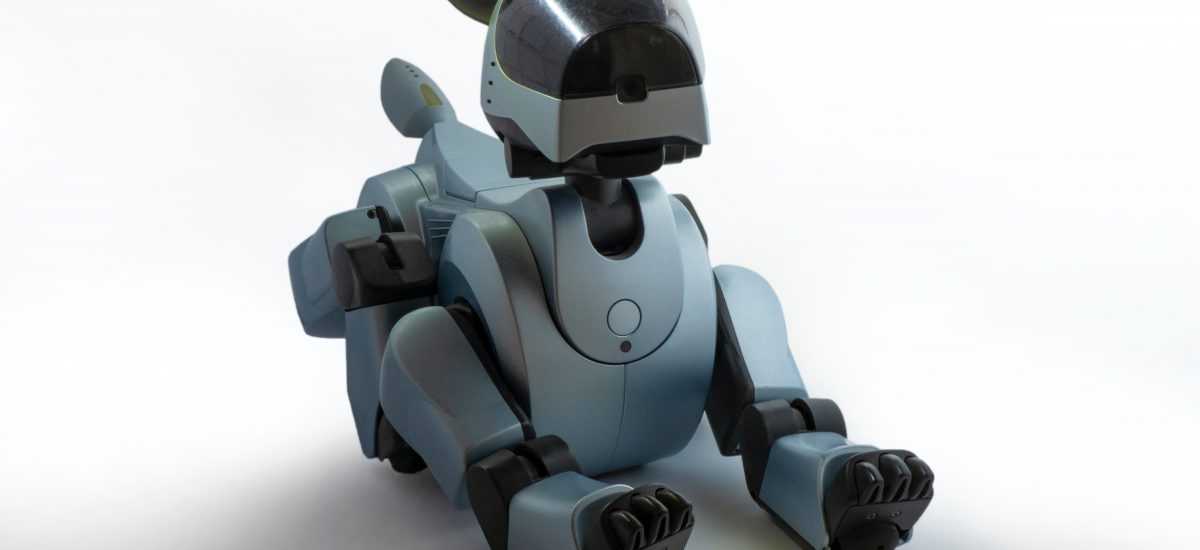About the project
Objective
The aim of the research team is to realise and research the first objects of programmable, robotic matter. Robotic matter consists of thousands or millions micro-scale components and forms objects that can autonomously change their shape and material properties. The research results can be the foundation for future generations of robotic matters configured with various physical functionalities.
Background
Robotic matter does not exist today, but if we can create and use it, we could solve several major societal challenges. The ultimate scenario is the opportunity to create all kinds of objects. An everyday and relevant example is using robotic matter to create and re-create packaging instead of using non-circular plastic materials. Another example is a decreased demand for transportation of goods when we can create any object we want in the location where it is needed.

Cross-disciplinary collaboration
The research team represents the School of Electrical Engineering and Computer Science (EECS, KTH) and the School of Engineering Sciences in Chemistry, Biotechnology and Health (CBH, KTH).
Watch the recorded presentation at Digitalize in Stockholm 2022 event:
Press & Media
Article in Elektroniktidningen: https://issuu.com/etndigi/docs/etn2102ld
or download a pdf here: Article in Elektroniktidningen Feb 2021
Activities & Results
Find out what’s going on!
Activities, awards, and other outputs
To be announced
Results
We aim to build robotic matter consisting of thousands or millions of microscale components, so-called “synthetic cells”, that form objects that can autonomously change their shape and material properties.
Realising this objective requires combining four sub-objectives:
- Synthesis of the synthetic cells
- Thermoreversible bonding of the synthetic cells
- Magnetic orientation of synthetic cells with anisotropic properties to program the overall material properties emerging from the resulting cell conglomerate
- Transporting synthetic cell material throughout the object to program the overall material shape
Project results
WP1 Synthesis and thermoreversible bonding results:
Investigating the thermoreversible bonding of microparticles.
WP2 Magnetic material programming results:
Investigating integration of small magnets in every cell, and the material property programming by magnetically rotating the anisotropic cells prior to fixation.
WP3 Shape programming results:
Introducing shape programming of solid objects based on the local fluidisation of the object, followed by transport of the fluidised substance through the object by an internal pumping mechanism.
Publications
We like to inspire and share interesting knowledge!
- Programmable Matter with Free and High-Resolution Transfiguration and Locomotion; Kerem Kaya, Alexander Kravberg, Claudia Scarpellini, Emre Iseri, Danica Kragic and Wouter van der Wijngaart. First published on 24 December 2023 in Advanced Functional Materials.
- Copper-mediated synthesis of temperature-responsive poly(N-acryloyl glycinamide) polymers: a step towards greener and simple polymerisation; Nikola Křivánková, Kerem Kaya, Wouter van der Wijngaart and Ulrica Edlund. First published on 4 October 2023 in RCS Advances.
- Soft metamaterial with programmable ferromagnetism; Kerem Kaya, Emre Iseri and Wouter van der Wijngaart. First published on 6 December 2022 in Microsystems and Nanoengineering.




